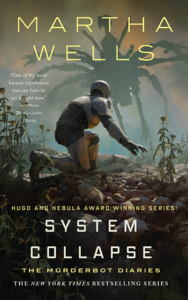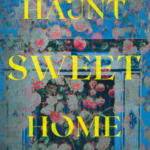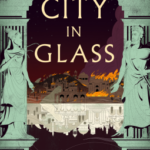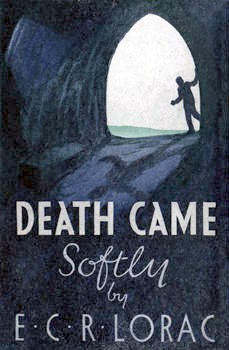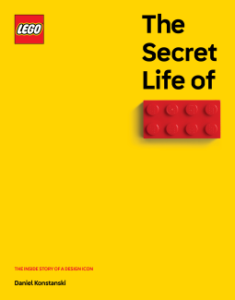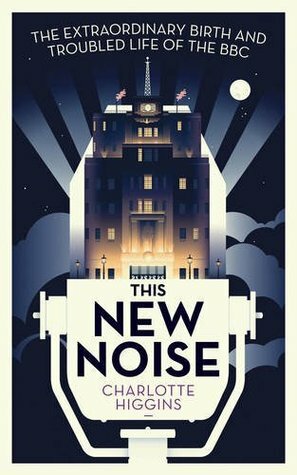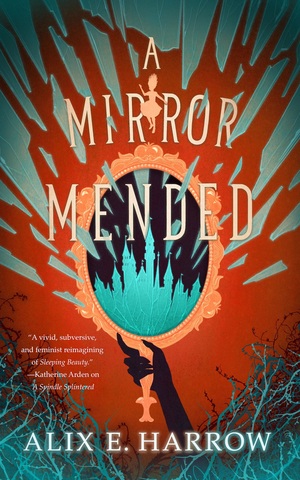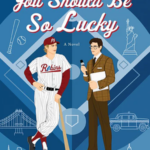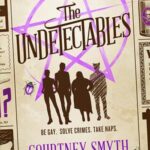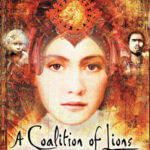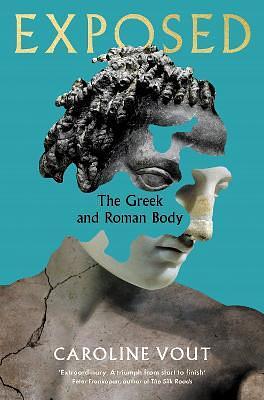
Exposed: The Greek and Roman Body
by Caroline Vout
Genres: History, Non-fictionPages: 432
Rating:

Synopsis:The Greek and Roman body is often seen as flawless - cast from life in buff bronze and white marble, to sit upon a pedestal. But this, of course, is a lie.
Here, classicist Caroline Vout reaches beyond texts and galleries to expose Greek and Roman bodies for what they truly were: anxious, ailing, imperfect, diverse, and responsible for a legacy as lasting as their statues. Taking us on a gruesome, thrilling journey, she taps into the questions that those in the Greek and Roman worlds asked about their bodies - where do we come from? What makes us different from gods and animals? What happens to our bodies, and the forces that govern them, when we die? Vout also reveals the surprising actions people often took to transform their bodies - from sophisticated surgery and contraception to body oils, cosmetics and early gym memberships.
You've seen the paintings, read the philosophers and heard the myths - now here's the classical body in all its flesh and blood glory.
First things first: as a physical object, Caroline Vout’s Exposed: The Greek and Roman Body is beautifully done. There’s lots of images included, arranged around the text in a usually sensible manner, and in colour. (I generally don’t ever look at the glossy included pages in books, in part because I wouldn’t retain any impression of the image while reading as I don’t have any kind of “mind’s eye”, so this worked especially well for me.) It’s really well presented in sections that make good sense.
In terms of the written content, I found most of it surprisingly familiar. Perhaps I shouldn’t be surprise: I’ve read plenty about the Greeks and Romans, if not directly about their bodies and their perceptions of their own bodies, and I did study classics up to A Level. But still, I’d kind of expected more surprises, e.g. around attitudes to disability… There were some titbits that were new to me, but mostly it wasn’t.
Which doesn’t mean it wasn’t a good summary: I found it an enjoyable read, and as I said, very well presented. Sometimes it felt like it was a little less in-depth than I’d like, and I didn’t (personally) hit that level of “huh, interesting!” that made me want to go and tell my wife about it, which is my real marker for interesting non-fiction, but it makes for a pretty good overview and summary, and is likely more surprising to people who’ve done less reading on related topics.
Rating: 4/5

